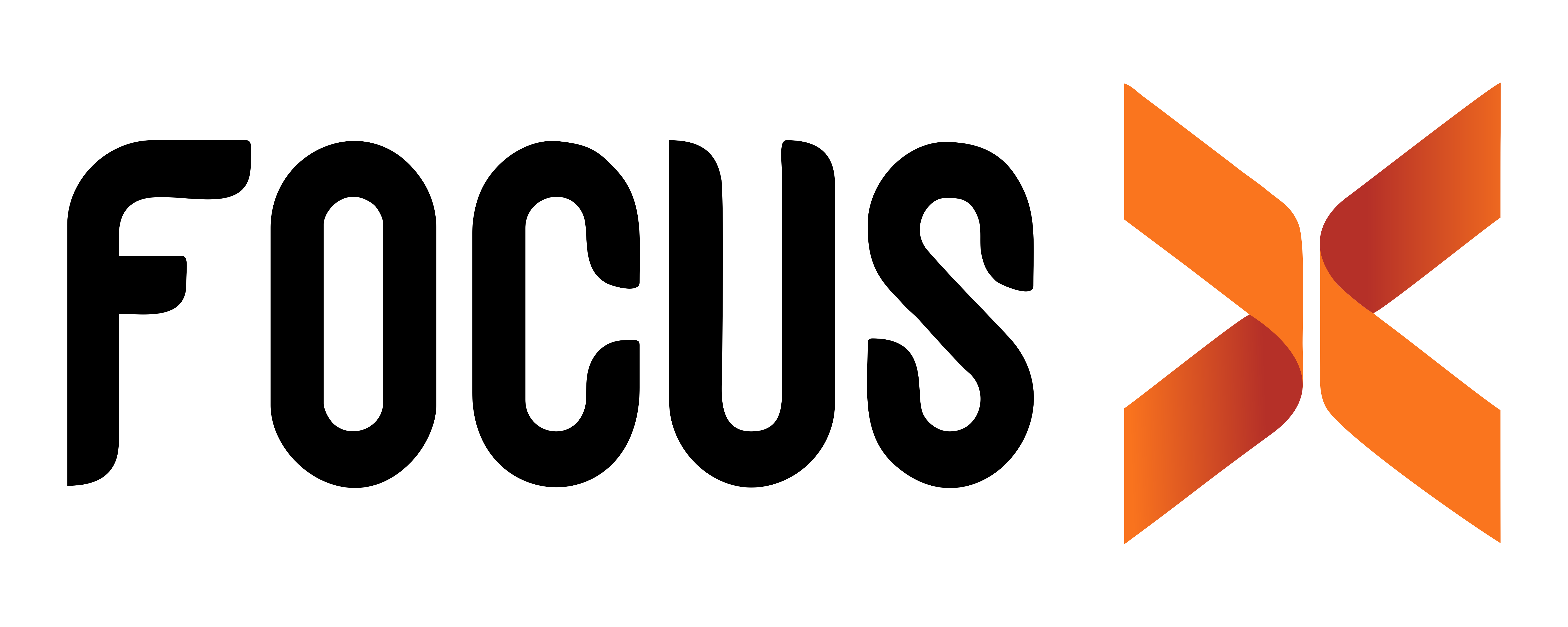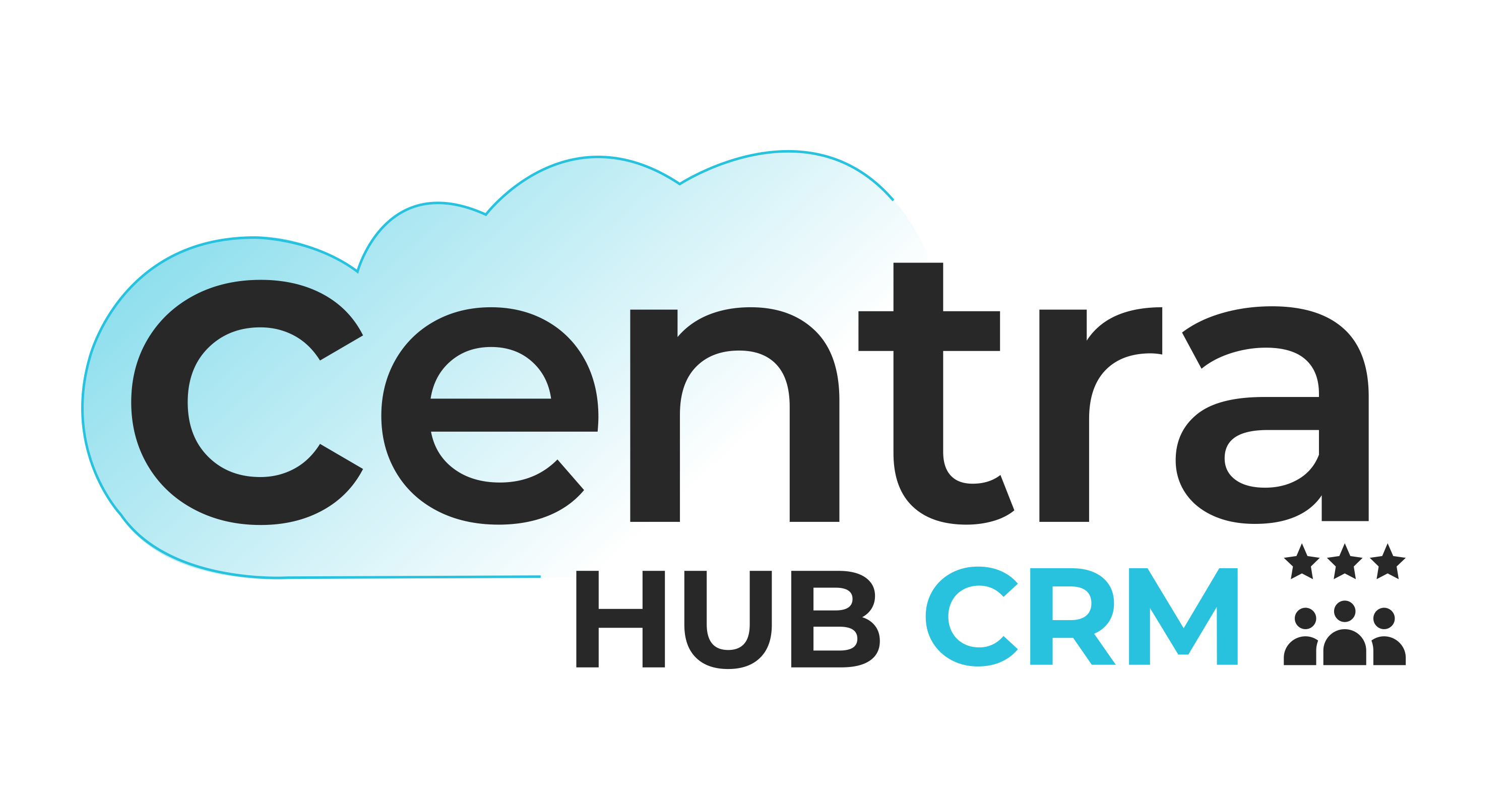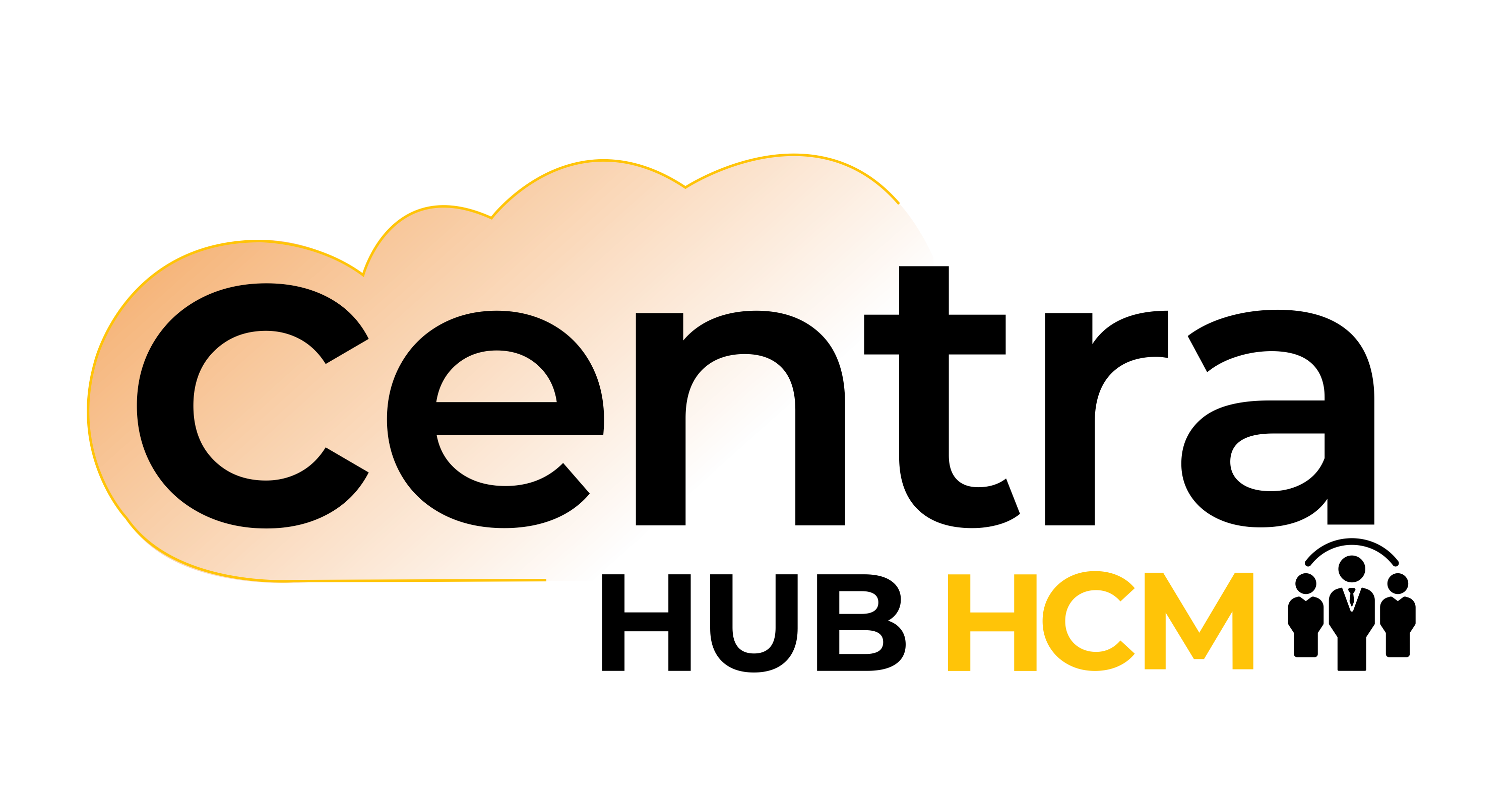Must-have Technologies in your Warehouse Management System
Embrace the principles of service-oriented architecture
Service-Oriented Architecture (SOA) is evolving how warehouse inventory management systems run. With it, the business application is built with reusable components that could be reconfigured without vast amounts of investment in technical labor. It provides unprecedented flexible and responsive IT infrastructure to the WMS software to quickly add or alter any process and integrate with other systems easily, offering you new levels of efficiency throughout your warehouse operations.
A properly developed SOA-based WMS comprises thousands of discrete pieces of functionality that could be linked together to create a more flexible and intelligent warehouse management software. The system is capable of reacting to events related to stock movement, order processing, and so on to further optimize the warehouse performance.
Favor modular applications to align processes
Though all warehouses have similar requirements and address common problems, they also have certain unique needs. A modular WMS helps. It lets you quickly equip your warehouse management software with specialized modules to help you better align your business processes.
The modular architecture is a smart idea to keep track of purchase order, cycle count, dispatching, and other processes from a single platform. It also keeps your software better equipped to deal with future problems. This is a must-have feature to foster collaboration, boost productivity, and better meet users' needs.
Aim for a zero-modification implementation
While boxed warehouse management software is a perfect solution for some business settings, tailor-made systems provide more power and flexibility while being cost-effective due to their zero-modification implementation.
Further, using a WMS designed to meet the specific needs of your warehouse makes a lot more sense as it always has the right set of tools needed to serve the given situation. Whether you need a WMS for high-volume order fulfillment and managing complex operations or a system with advanced functionality to improve warehouse performance, a customized application does the job.
Prioritize the user experience
User experience matters for the complete utilization of software. An easy-to-use system is more accepted by the employees, and they could thoroughly use it to improve the warehouse operations. On the flip side, if your warehouse management software is tough to handle, your staff might be reluctant to use it, leaving many really good features unexplored.
WMS that prioritizes the user experience is most conducive to bringing business success. When choosing it, ensure that the system could be effortlessly used for contributing value and helping you attain your defined business goals.
Reinforce the value of alternative user interfaces
The user interface makes the exchange between users and software applications possible. So, it is essential to get a system with a UI that meets user expectations and supports the effective functioning of the software.
Furthermore, a well-executed UI improves accessibility, which supports better acceptance from your employees. It needs to be an optimal mix of visuals and responsiveness to anticipate the users’ needs and fulfill them.
Having a mix of alternative UI offers a broader choice to the users for faster access to information they need to perform tasks. There are five prevalent types of UI used in a warehouse management system:
- Command Line Interface requires users to type appropriate instructions into the command line.
- Menu-driven Interface provides users with a range of commands or options to select from.
- Graphical User Interface (GUI) requires users to click on graphics or icons using a mouse, trackpad, or other peripherals.
- Touchscreen Graphical User Interface is similar to GUI except that the users need to use their fingers rather than a mouse or trackpad.
- Voice User Interface (VUI) allows users voice or speech commands to interact with a system through.

Favor embedded performance management and analytics capabilities
When you are able to spot trends, it gives you a deeper understanding of customers and the market conditions for staying a step ahead of your competitors. This makes software embedded with performance management and analytics capabilities a preferred choice. It lets you gain actionable insights into your employee performance and warehouse operations. This information helps you make timely and fact-based decisions that reduce operating costs, mitigate risks, and drive better business results.
Exploit deployment wizards and tools to accelerate rollouts
The deployment wizard is a utility that lets you design the deployment of your software solution. It includes scripts containing commands required to create, alter, or delete the appropriate functionalities from the application. This, along with tools that accelerate rollouts, makes deployment less complicated and fast, thus saving lots of time and money.
Weigh the value of the cloud deployment model
A popular alternative to the traditional on-premise WMS is the cloud deployment model that does not require a server, installing the application, and configuring it. Instead, the application resides remotely, on the cloud network accessible through the web or an API, and maintained by vendors. You would have the authorization to use it for the period you have paid the software providers.
Cloud-based warehouse management systems reduce the time to benefit as they are ready for use. They do not need expensive hardware installations, reside in scalable cloud environments, and support easy integrations. New features are released as just upgrades.
Architect for scalability
A scalable software keeps the workflow uninterrupted and provides opportunities to accommodate more data and users as your business grows.
A scalable warehouse management system provides the required level of scalability in terms of staff count, number of warehouses, inventory diversification, and other aspects during the development process. It enables you to invest in the software solution once and smoothly upgrade it as your business grows.
Prepare for logistics as a platform
Organized inventory movement, equipment handling, and accommodation of stock have an important role in warehousing. All these are complex processes and need a dedicated platform to manage them.
Integrating your warehouse software with 3rd party logistics platform makes sense as it could take charge of comprehensive tracking and management of all the processes across and make sure no area is left unattained.
Software that Could Improve your Warehouse Control!
Modern technologies help in increasing the efficiency of warehouse management software. It ensures productivity, functionality, and accuracy are maintained throughout your warehouse, and you have tighter inventory control.
If your business isn’t already equipped with such technology-driven warehouse management software, we’re here to help get you one.
Focus Softnet is one of the best warehouse management software providers. Our team of experts could help you choose the right solution for your business. Fill in the form to get started.







